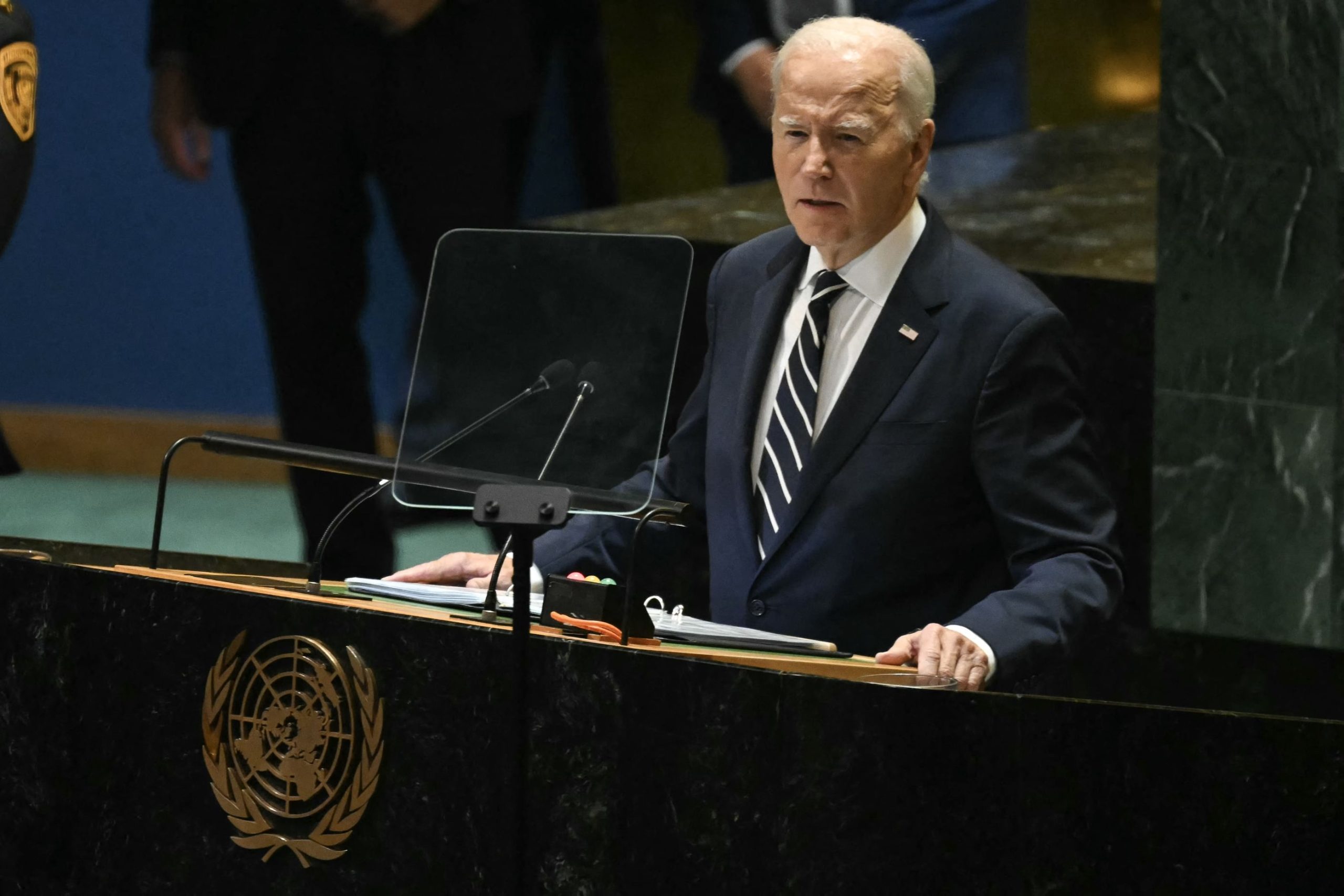Shoulder-fired Stinger missiles are in hot demand in Ukraine where they have successfully stopped Russian assaults from the air, but US supplies have shrunk and producing more of the anti-aircraft weapons faces significant hurdles.
Challenges include complications related to ramping up production, reluctance by the US to redirect valuable manufacturing capacity to decades-old technology, and fears among defense firms that they would be stuck with unwanted arms when the Ukraine war winds down, according to interviews with US officials and defense firms.
For the latest headlines, follow our Google News channel online or via the app.
While US troops themselves have limited use for the current supply of Stingers – a lightweight, self-contained weapon that can be deployed quickly to defend against helicopters, airplanes, drones and even cruise missiles – the US needs to maintain its supply on hand while it develops the next generation of a “man-portable air defense system.”
“Right before Ukraine hit, we were going to divest ourselves of Stingers,” a congressional source said. Still, Pentagon officials are concerned about a “dwindling” surplus, according to a Pentagon official and the congressional source.
Ukrainian troops have shot down at least six targets during the conflict using Lithuanian-provided Stingers, according to an April 6 Facebook post by Arvydas Anusauskas, Lithuania’s defense minister, including helicopters, planes, drones and a cruise missile. Reuters could not verify the claim.
Since February, the US has shipped 1,400 Stingers to Ukraine, according to an administration official. But sourcing more will be difficult.
The Stinger production line was closed in December 2020, said Pentagon spokesperson Jessica Maxwell. Since then, Raytheon Technologies won a contract in July 2021 to manufacture more Stingers, but mainly for international governments, according to the US Army. The sole Stinger facility, in Arizona, only produces at a low rate.
The Pentagon has not ordered new Stingers for many years, but has ordered parts or made other efforts to increase its supply. For example, the Army is in the midst of a “service life extension plan” for some of its Stingers that were to become obsolete in 2023 and is extending what the military calls their “useful life” until 2030.
The Pentagon, which has thrown together weekly meetings to discuss surging weapons demand from Eastern Europe, met with a group of eight defense contractor CEOs in mid-April to talk over the supply of weapons to Ukraine, including the Stinger.
Two sources familiar with the meeting said Raytheon CEO Greg Hayes noted that it can require six to 12 months to restart a munitions production line.
Raytheon declined to comment.
At the CEO meeting, industry executives voiced reservations about increasing weapons production. One CEO said that when the Ukraine war winds down, they do not want to be stuck with warehouses full of unsellable inventory without a guaranteed buyer, three people familiar with the discussion said.
Congress also wants more Stingers, or at least something that can do the same job.
The chairman of the House of Representatives Armed Services Committee, Representative Adam Smith, wrote Secretary of Defense Lloyd Austin last week and pointed out an “apparent absence of a Department of Defense plan to meet short-range air defense replenishment requirements for not only our US stocks of Stinger systems, but those of other contributing allies and partners.”
A Pentagon official who oversees weapons acquisitions for the Army, Doug Bush, told Congress on March 31 the Defense Department was putting together a plan to increase Stinger production and planned to inform Congress imminently.
But as of late last week, a second congressional source who spoke on condition of anonymity said there has been no information about the plan.
Senator Richard Blumenthal, a member of the Senate’s Committee on Armed Services, asked Austin earlier in April at a Senate budget hearing about using the Defense Production Act (DPA) to restore depleted supplies of Stingers and Javelins.
But using the DPA, which forces industry to put resources into an immediate effort to make a product needed for national security purposes, is premature, the Pentagon’s Maxwell said.
Longer term, the Army is looking for a replacement for the Stinger that will go into production in 2027.
Read more:
UN expects more than 8 mln Ukrainians to flee as refugees
UK dismisses Lavrov’s ‘bravado,’ says no imminent threat of nuclear arms in Ukraine
France’s President Macron boosts weapons, stakes in Ukraine after re-election

 World3 years ago
World3 years ago
 World3 years ago
World3 years ago
 Business1 year ago
Business1 year ago
 Entertainment7 years ago
Entertainment7 years ago
 World7 years ago
World7 years ago
 Entertainment7 years ago
Entertainment7 years ago






